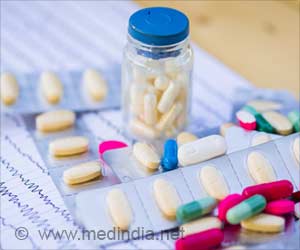The pharmaceutical treatment of the disease is much more complicated: “Slightly too little, and it isn’t effective. Slightly too much and it becomes toxic,” explains Professor Pablo Sinues.
‘Breath tests can give accurate estimates of circulating concentrations of medications as conventional blood tests. They can also help determine the dose at which patients are likely to suffer from adverse effects.’
In the current study, the team developed and tested the efficacy of a simple breath test among both the young patients at UKBB and the adult reference group at the University Hospital Zurich.
“You can think of it as being like the alcohol test that police use when they stop drivers. The difference is that this breath measurement device is actually a big machine. “Because alcohol is present at high concentrations in breath, one only needs a small device. But we’re searching for a droplet in 20 swimming pools,” says Professor Sinues.
Both the breath tests produced the same results in measuring the circulating concentrations of medications as conventional blood tests. There was also a way to which patients are likely to benefit from the treatment and which ones are likely to suffer from unwanted side effects.
The team published their study published in the journal Communications Medicine . “Thanks to this favorable initial situation, we can build machines that are precisely tailored to the needs of doctors,” adds Professor Sinues.
Source: Medindia



